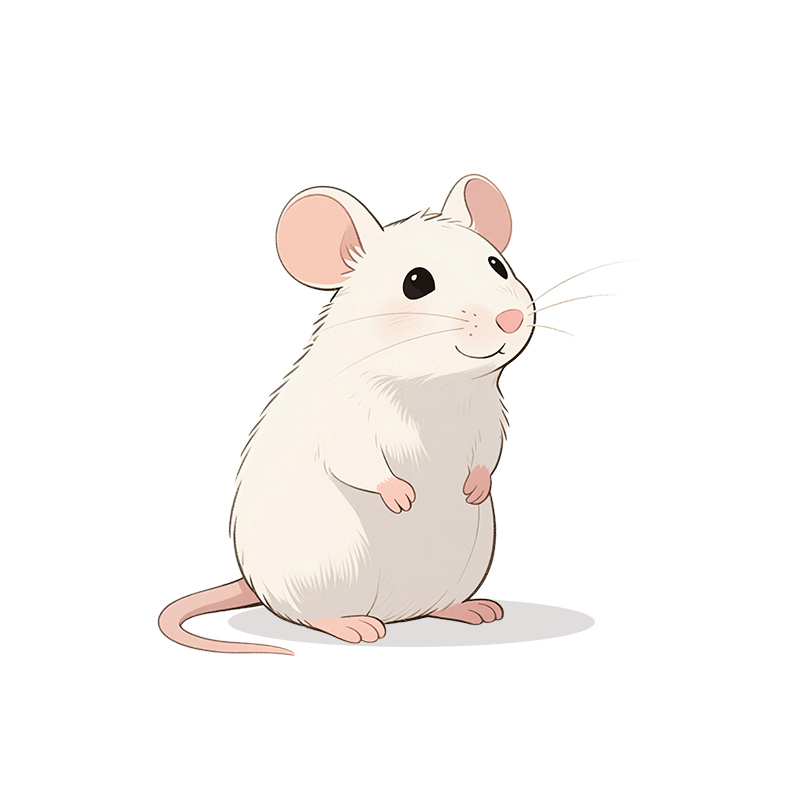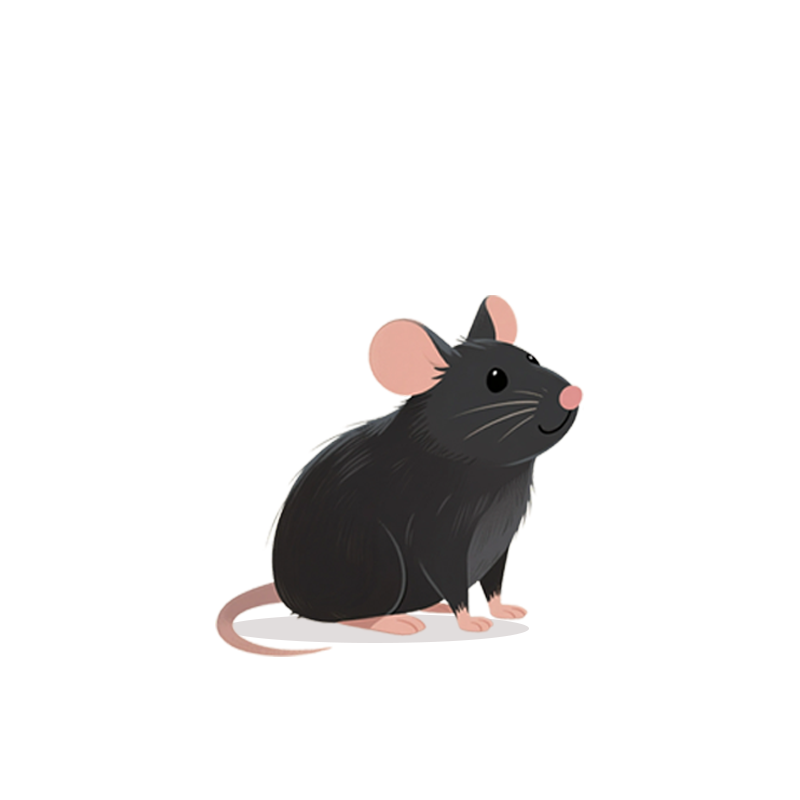Peripheral Nerve Injury Model with Conduit Scaffold Implantation


Peripheral Nerve Injury Model with Conduit Scaffold Implantation
Huateng Bio's sciatic nerve injury model with FDA 510(k)-cleared PCL/collagen conduits bridges 20mm critical defects. Features 3D-printed tunable porosity (50-200μm), autograft comparison protocols, and quantifiable axonal regeneration tracking for peripheral nerve repair R&D.
Model Description
Peripheral nerve defects (>5mm gap) result in permanent motor/sensory dysfunction and remain a critical clinical challenge. Our nerve conduit scaffold model provides:
• Autograft alternative: Mimics human nerve repair strategies (FDA 510(k)-cleared scaffold materials)
• Personalized therapy simulation: 3D-printed conduits with tunable porosity (50-200μm)
• Translational endpoints: Axonal regeneration quantification & functional recovery tracking
Applications
• Nerve conduit biomaterial testing (degradation rate, biocompatibility)
• Axon regeneration mechanism studies (NGF/GDNF pathway)
• Surgical technique optimization for critical-size nerve defects
• Comparative studies vs. gold-standard autografts
Modeling Protocols
1. Negative Control Group (Defect Model)
- Expose sciatic nerve via posterolateral muscle blunt dissection
- Create 20mm defect 5mm distal to piriformis foramen
2. Conduit Scaffold Group
- Bridge defect with PCL/Colagen conduit (ID=1.5mm)
- Secure with 10-0 nylon microsurgical sutures
3. Autograft Group (Gold Standard)
Reverse 20mm resected nerve segment
Perform end-to-end epineurial repair
Validation & Testing
|
Category |
Parameters |
|
Functional Recovery |
• Sciatic Function Index (SFI) ∙ Basso-Beattie-Bresnahan (BBB) locomotor scale |
|
Electrophysiology |
Nerve Conduction Velocity (NCV) ∙ Compound Muscle Action Potential (CMAP) |
|
Histomorphometry |
• Axon density (TEM) ∙ Myelin thickness (Luxol Fast Blue) |
|
Immunohistochemistry |
• S100β+ Schwann cell migration ∙ NF-200+ axon regeneration |


